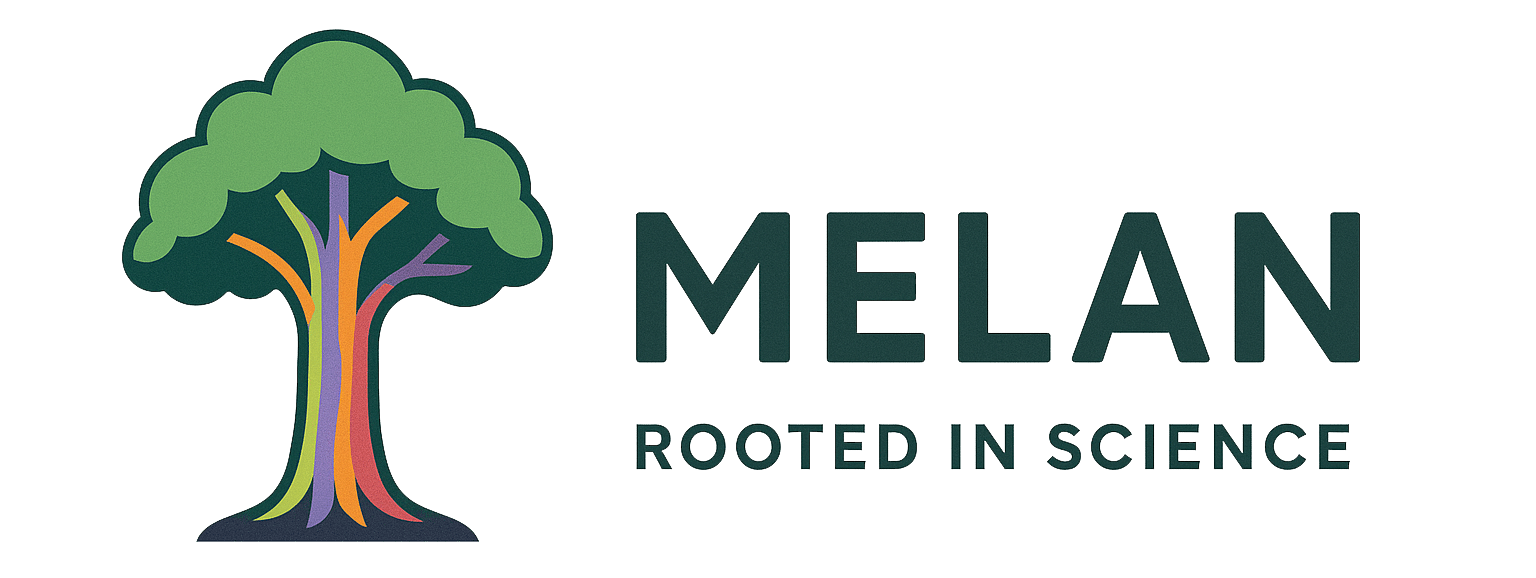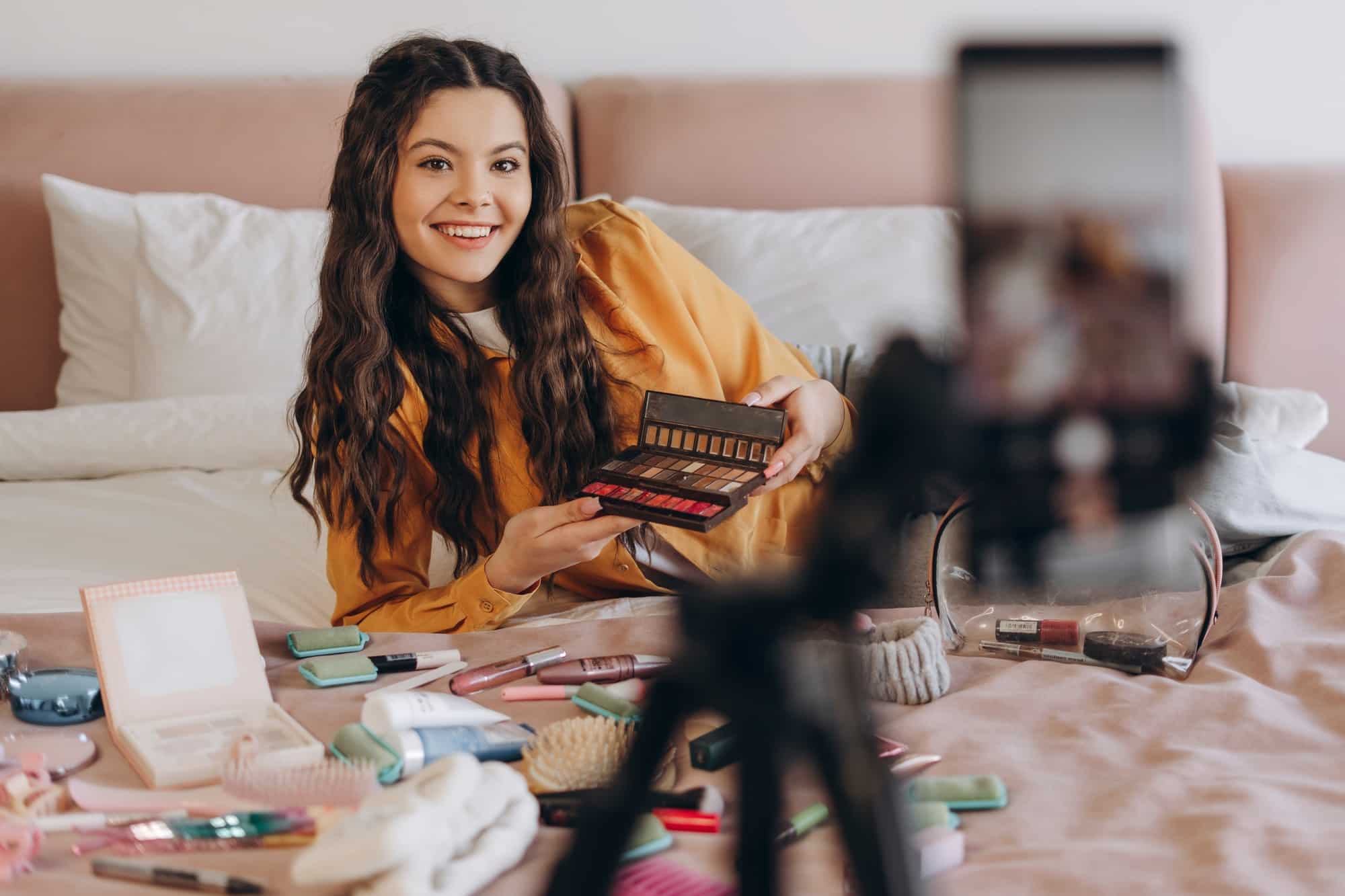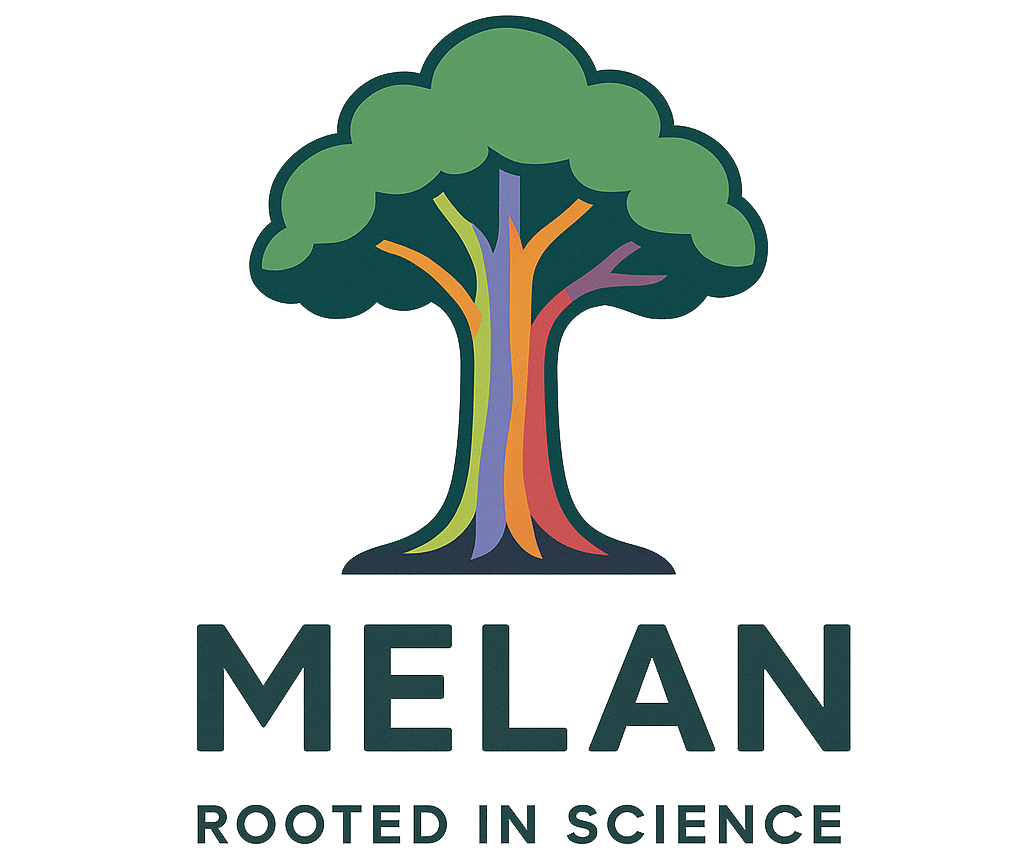Wellness Beauty Market is Booming Worldwide
The wellness and beauty market is huge and getting bigger. It includes products and services like skincare, makeup, personal care, and wellness services. People all over the world are spending more money on products that are natural, organic, and sold online.
How Big Is the Beauty Market?
- In 2024, the beauty and wellness market was worth $1.7 trillion.
- By 2032, it’s expected to grow to over $3.3 trillion.
- The entire global wellness industry (including fitness, health, and more) was worth $6.3 trillion in 2023 and could hit $9 trillion by 2028.
Market Trends You Should Know
Beauty and wellness products are sold all over the world, but some regions are leading the way in sales. Here’s a look at the major markets and how much they’re contributing:
Asia-Pacific: Largest, Wealthiest Beauty Market
- The Asia-Pacific region is the biggest player in the wellness beauty industry.
- It holds the largest share of the global market estimated to be over 35–40% of total beauty sales.
- Countries like China, Japan, South Korea, and India are leading due to high demand for skincare, K-beauty trends, and a growing middle class.
- China alone is expected to generate over $70 billion in beauty and personal care sales by 2025.
North America: Skincare Trendsetter, Mature Market
- The United States, Canada, and the Caribbean make up around 25–30% of the global market.
- The U.S. is a trendsetter, especially for premium skincare, clean beauty, and celebrity-backed brands.
- The market here is expected to keep growing steadily, reaching over $130 billion by 2027.
Europe: Natural, Sustainable Focus for Beauty Brands
- Europe holds about 20–25% of the global market share for beauty brands.
- Countries like France, Germany, the UK, and Italy are big on natural, organic, and eco-friendly beauty.
- European consumers are known for trusting long-standing brands and valuing quality ingredients and ethical sourcing.
Latin America: Emerging Growth Market
- Latin America is smaller but growing fast, especially in countries like Brazil and Mexico.
- Brazil is the 4th largest beauty market in the world, with strong sales in hair care and body care.
- The region’s beauty and personal care market is expected to grow to $80–90 billion by 2027.
Middle East & Africa: Expanding Luxury Market & Services
- The Middle East and Africa have smaller shares now, around 5–7%, but are expanding quickly.
- Demand is rising for luxury beauty products, halal-certified cosmetics, and men’s grooming.
- Countries like UAE, Saudi Arabia, and South Africa are leading the charge in this region.
Why Your Wellness Beauty Brand Needs a Content Marketing Strategy
Congratulations on launching your first wellness beauty brand! You’re entering a booming but highly competitive space. The right content marketing strategy is what sets your brand apart from everything else on the shelves at major stores and online.
Websites have come a long way and we are so far beyond creating blog posts or social media content. Content marketing strategy is where you tell your story in a clear, engaging way that your audience relates to and respects. You didn’t create your brand for just family and friends. The global market alone is about telling a story your audience wants to follow, building trust, and converting that attention into loyal customers.
Content marketing is one of the most cost-effective tools you can use to generate leads, especially when your brand is new and budgets are tight. With strategic planning, even a small brand can punch above its weight and build a dedicated community around wellness, self-care, and beauty.
Step 1: Define Your Brand Story and Core Message
Before creating content, it’s important to clearly define what your brand stands for. Start by asking yourself and answering three key questions:
- What values drive your wellness beauty brand?
- Who is your ideal customer?
- What unique benefit do you offer?
Your content should consistently reflect your brand’s mission. Be clear and consistent with your vision. If you’re promoting cruelty-free skincare, holistic self-care routines, or plant-based beauty rituals—say that. This clarity will guide all content generation making sure your voice is in short Instagram captions, Tik-Tok, Threads, and full blog posts on your own website. Keep your message focused and authentic.
Step 2: Map Out a Content Funnel
A successful content marketing strategy takes your customer on a journey. We can simplify that journey as a funnel:
- Top of Funnel (Awareness): Educational blog posts on topics like “The Benefits of Adaptogens in Skincare” or “5 Wellness Habits for Glowing Skin.”
- Middle of Funnel (Consideration): How-to videos, email newsletters, or product comparison guides that position your brand as the go-to choice.
- Bottom of Funnel (Conversion): Testimonials, case studies, or exclusive offers that encourage purchase.
Mapping your content this way helps ensure you’re meeting your audience at every stage of the buying journey.
Step 3: Choose the Social Media Networks for Your Brand
You don’t need to be active on every social media platform. Pick just the ones that matter most to your ideal customer. Focus on channels that align with your brand’s voice and the way your audience consumes content. Instagram and TikTok are perfect for visual content like skincare routines, tutorials, and brand storytelling.
A dedicated website helps you build organic traffic through SEO while establishing your brand as a trusted resource for wellness and clean beauty. Meanwhile, email marketing is a reliable way to nurture leads with product updates, wellness tips, and exclusive offers.
Each of these platforms should serve your overall content marketing strategy by consistently delivering your core message. Together, they form a content ecosystem that supports brand growth, enhances discoverability, and encourages customer loyalty.
Next step: Learn how to create high-conversion content in How to Write Content Your Target Audience Needs Now. After you write, plan your content release using our digital marketing approach, Plan It, Post It, Grow: The Simple Strategy for Smarter Content Calendars. We show you how to use a scientific approach to content creation that your audience cares about.
Step 4: Focus on AEO, SEO from the Start
Optimize your content for both AI and search engines to bring in steady, organic traffic. Here’s how:
- Use tools like People Also Ask, Google Autocomplete, Google Keyword Planner to find relevant wellness and beauty terms.
- Incorporate long-tail keywords naturally (e.g., “vegan anti-aging skincare routine”).
- Ensure your blog posts have meta titles, descriptions, headers, and internal links.
SEO takes time to build, but it becomes one of the most reliable sources of inbound traffic and leads.
Step 5: Track, Test, and Tweak that Content
Your content marketing strategy should evolve. Use tools like Google Analytics, Hotjar, or email open rates to measure:
- What topics drive traffic?
- Which formats convert best?
- What content keeps people engaged?
Then, double down on what’s working and pivot where necessary. Consistency and adaptability are key to long-term success.
Final Thoughts
Launching your wellness beauty brand is an exciting journey but without a strategic content plan, even the best products can go unnoticed. A well-executed content marketing strategy helps you cut through the noise, build trust with your audience, and generate a steady stream of qualified leads. Start small, stay consistent, and let your content work for you day after day.
Ready to put your strategy into action?
- Download our free Content Strategy Checklist to get started.
- Explore our full guide on Building a Wellness Brand Content Funnel.
- Or learn how to plan your posts with How to Create a Content Calendar That Works for Any Industry.
Have questions? Drop them in the comments or reach out to The Melan Group Team we’re here to help you build a brand that connects and converts.






